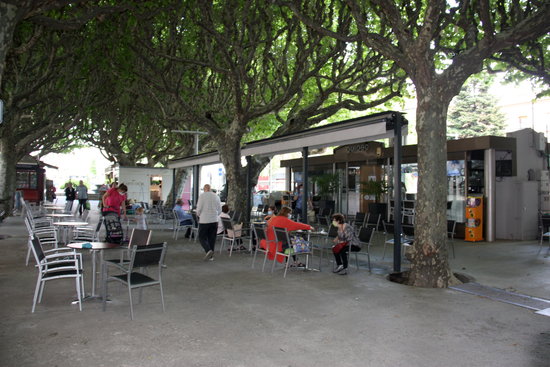Catalonia moves one step closer to ‘new normality’
Barcelona and Lleida progress to Phase 2, while Tarragona, Ebre and western Pyrenees reach final stage of de-escalation process

Catalonia moved one step closer to the so-called "new normality" on Monday morning.
Barcelona, its metropolitan area and Lleida health regions progressed to Phase 2 of lockdown easing, while the Tarragona, Ebre region and the western Catalan Pyrenees entered Phase 3, the final stage of the de-escalation process.
Meanwhile, Girona, Central Catalonia, and the Garraf and Alt Penedès counties continue in Phase 2 for a second week.
Roughly five million residents entered Phase 2 on Monday, while some 750,000 are now in the final stage.
There are no areas remaining in Phase 1, which means that on Monday, all schools in Catalonia were open for the first time since March 12, as the government ordered their reopening in all territories reaching Phase 2 from June 1.
Phase 2
People living in Barcelona and Lleida will see their time slots for individual exercise outdoors become more flexible as now anyone under 70 can go out at any time except for during the time slots for the elderly and other at-risk groups, which are still 10 am to noon and 7 to 8 pm
People will be able to gather in groups of up to 15, instead of 10, and will be able to eat in the indoor seating areas of restaurants. Although indoor dining is now permitted at restaurants at 40% capacity, most people eating out in Barcelona on Monday still seemed to prefer terraces.
Cinemas and theaters can also open, and weddings and cultural events are also permitted with some restrictions, as well as swimming pools.
Recreational swimming is now permitted at the Barcelona beaches, with the council monitoring crowds with video sensors. Anyone who feels like going for a stroll or a dive can check out how crowded they are on the city council website before heading over.
Shopping centers in Phase 2 areas can now open but must put in place strict health and safety restrictions, with only 40% capacity allowed in shops and 30% in communal areas.
At the Maremagnum mall next to the Barcelona port, for example, the few shoppers that could be seen around midday on Monday were required to wear face masks, wash their hands with hand sanitizer, and have their temperatures taken before being allowed inside, where some stores remain closed despite loosened restrictions.
Phase 3
In Phase 3, the maximum capacity for bars, restaurants, cinemas, theaters, shops, and hotels is expanded, and people are allowed to both stand or sit at the bar of pubs.
Nightclubs are allowed to reopen in this phase, but service will be limited to tables, and dancefloors are not able to be used.
Cinemas, theatres, and other similar places of entertainment can welcome customers at 50% capacity. Other cultural events can host a maximum of 80 people indoors and 800 outdoors, but they cannot surpass 50% of the total capacity of the venue
As for set time slots, they completely disappear, while groups of up to 20 people can get together.
Changes in mobility
The Catalan government is now the main authority in the territories in Phase 3 – except for mobility policies – and movement between the Tarragona and the Ebre regions is now permitted.
Yet, while people can now travel within these Phase 3 areas, many second homes and businesses are still awaiting the arrival of visitors from other parts of the country and abroad as, for example, Torredembarra's empty streets would suggest.
As for Barcelona, the city and its entire metropolitan area have been a single health region from June 1, meaning travel is allowed within them – yet it was not until this Monday, June 8, that the counties of Garraf and Alt Penedès were confirmed to also be part of this single health region.
From Monday, residents in Barcelona can travel to towns like Sitges, Vilanova i la Geltrú, and Vilafranca del Penedès, while those living in these areas can go to the Catalan capital or elsewhere in the metropolitan area.